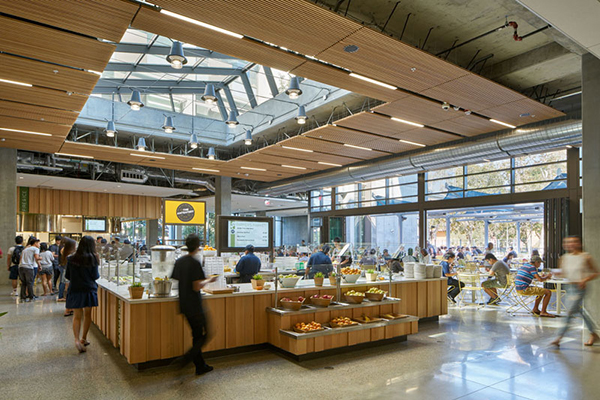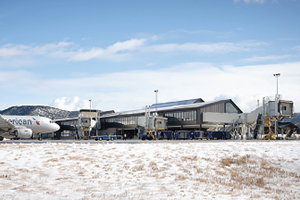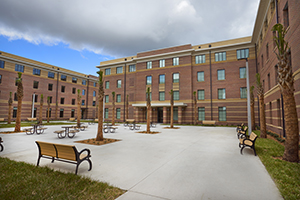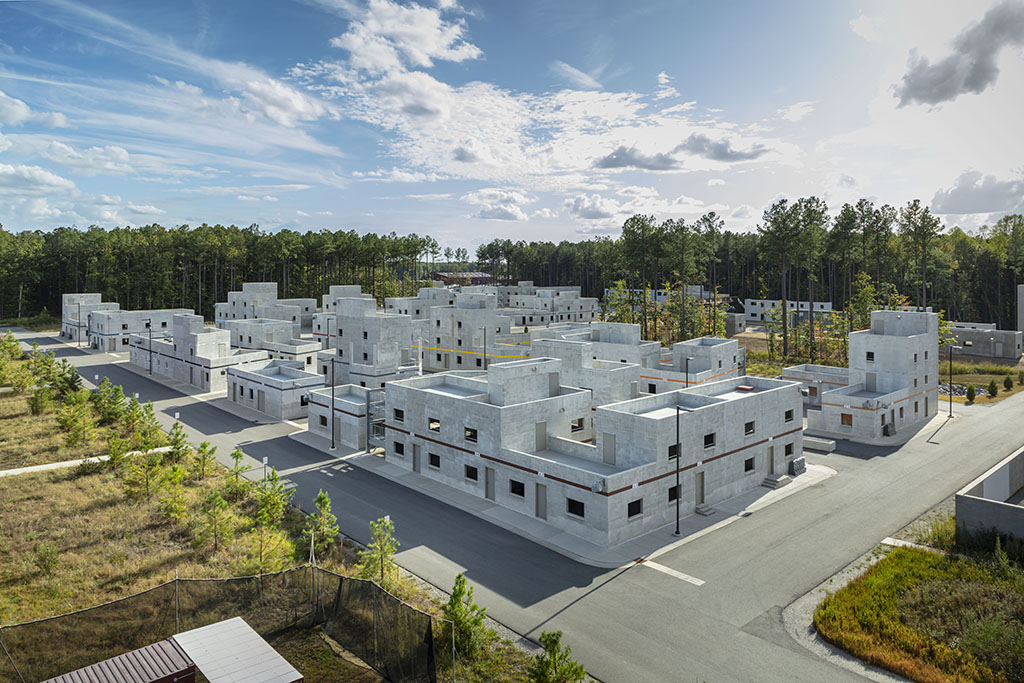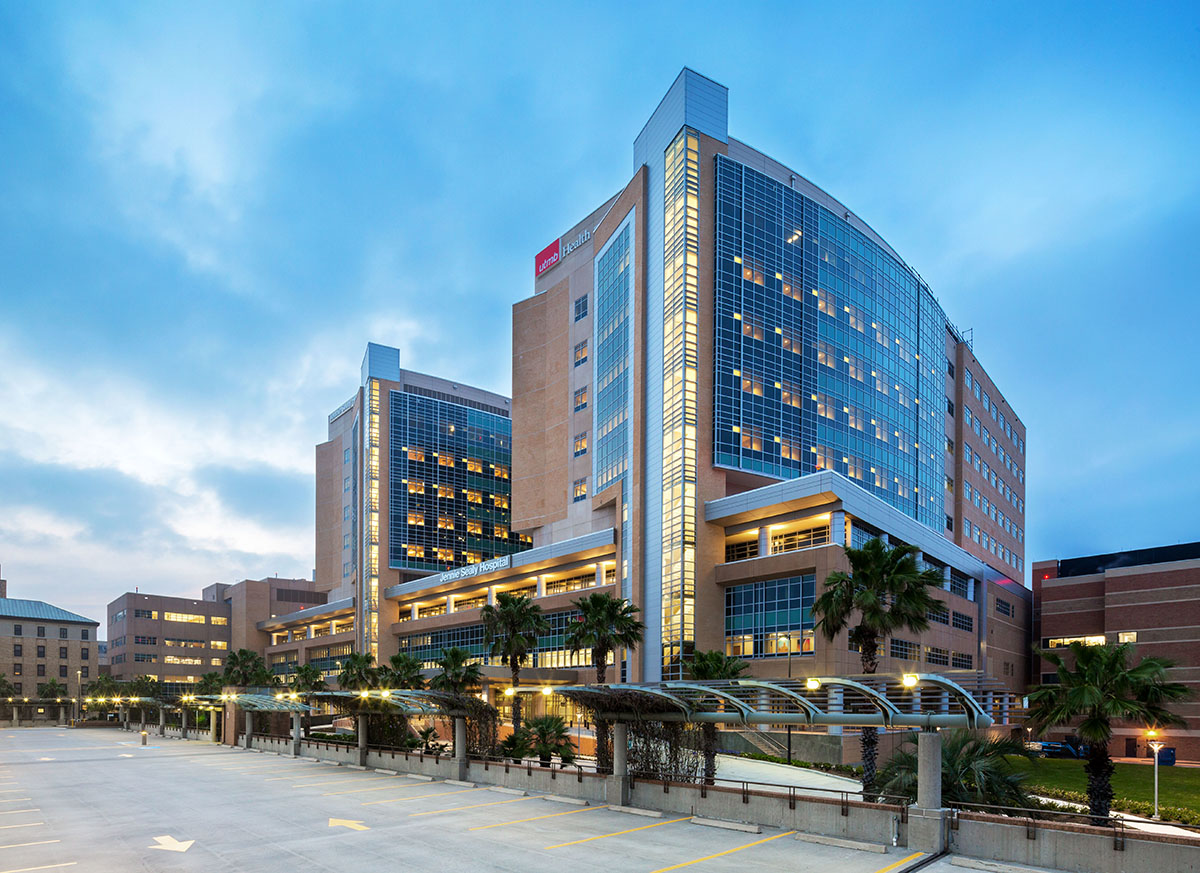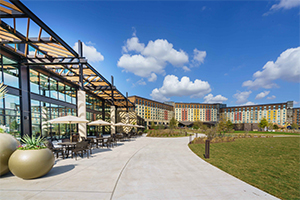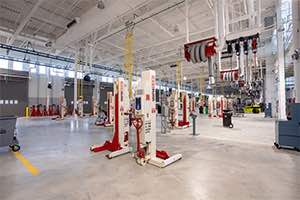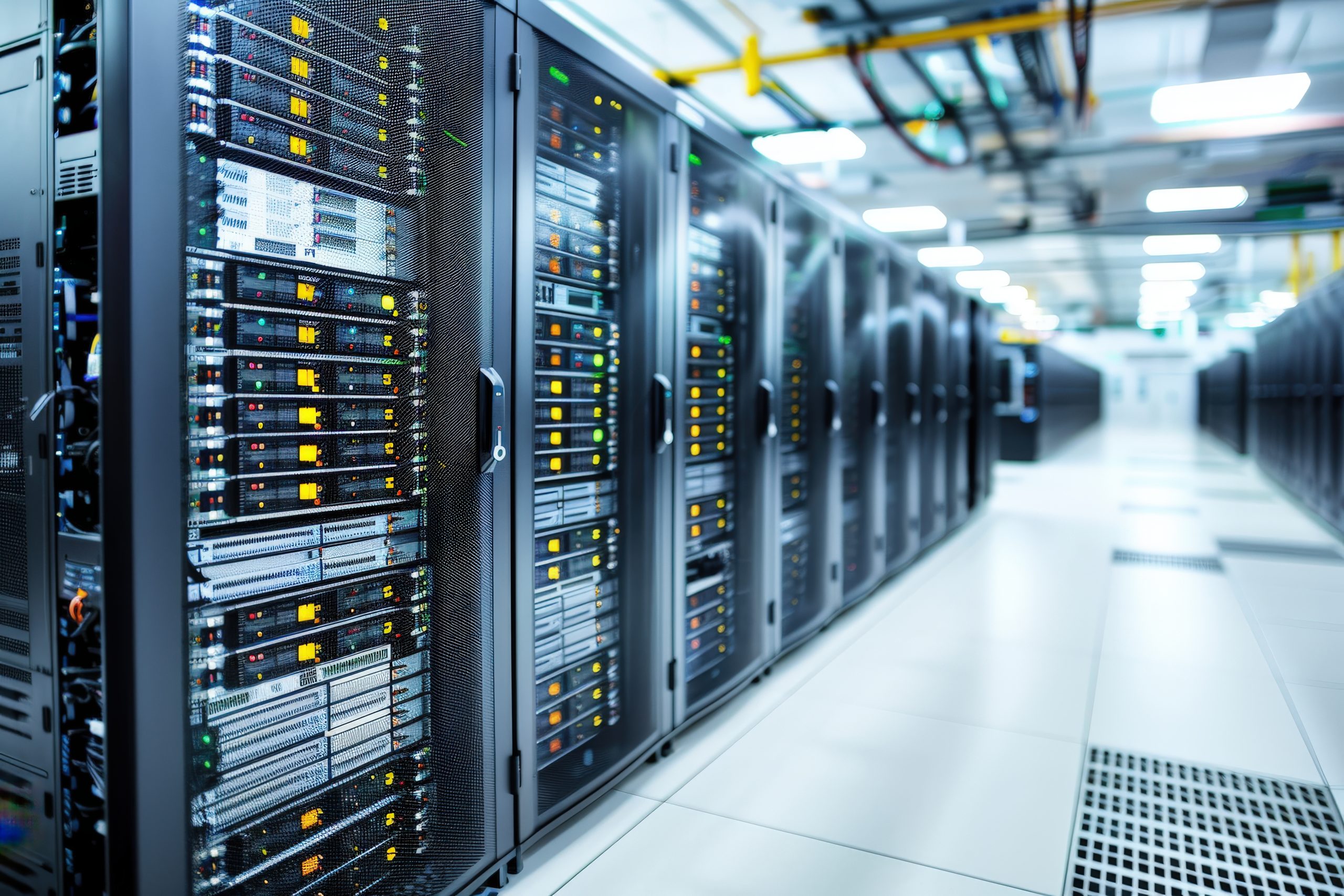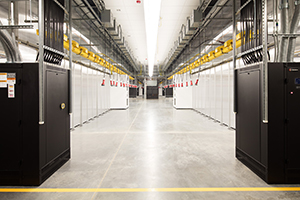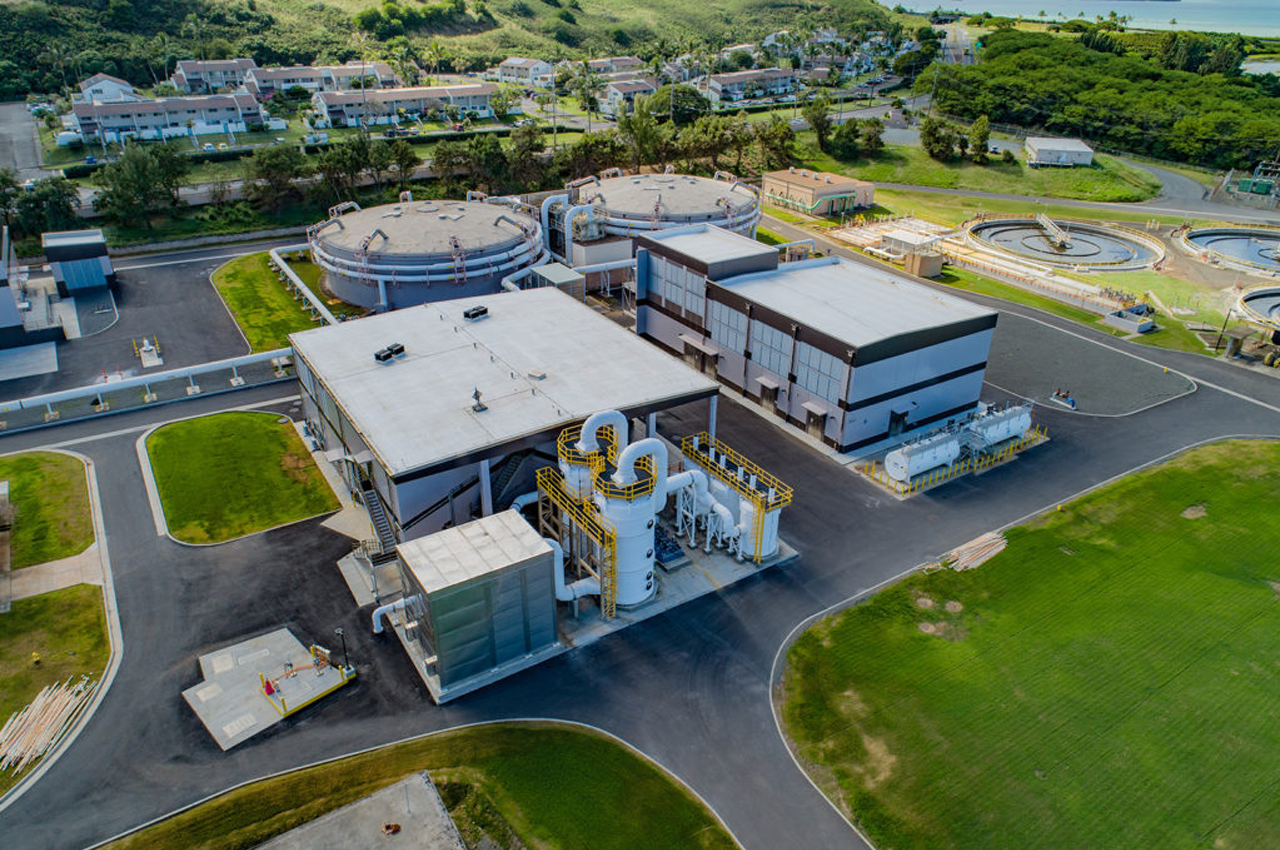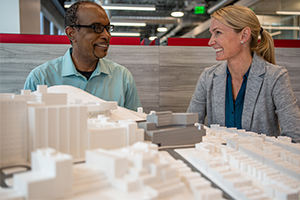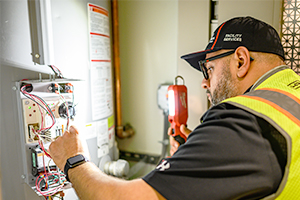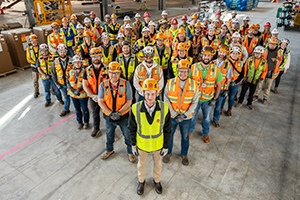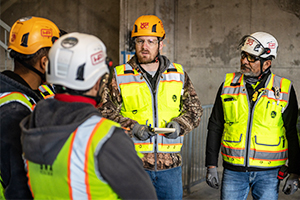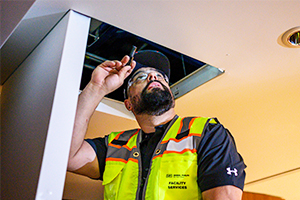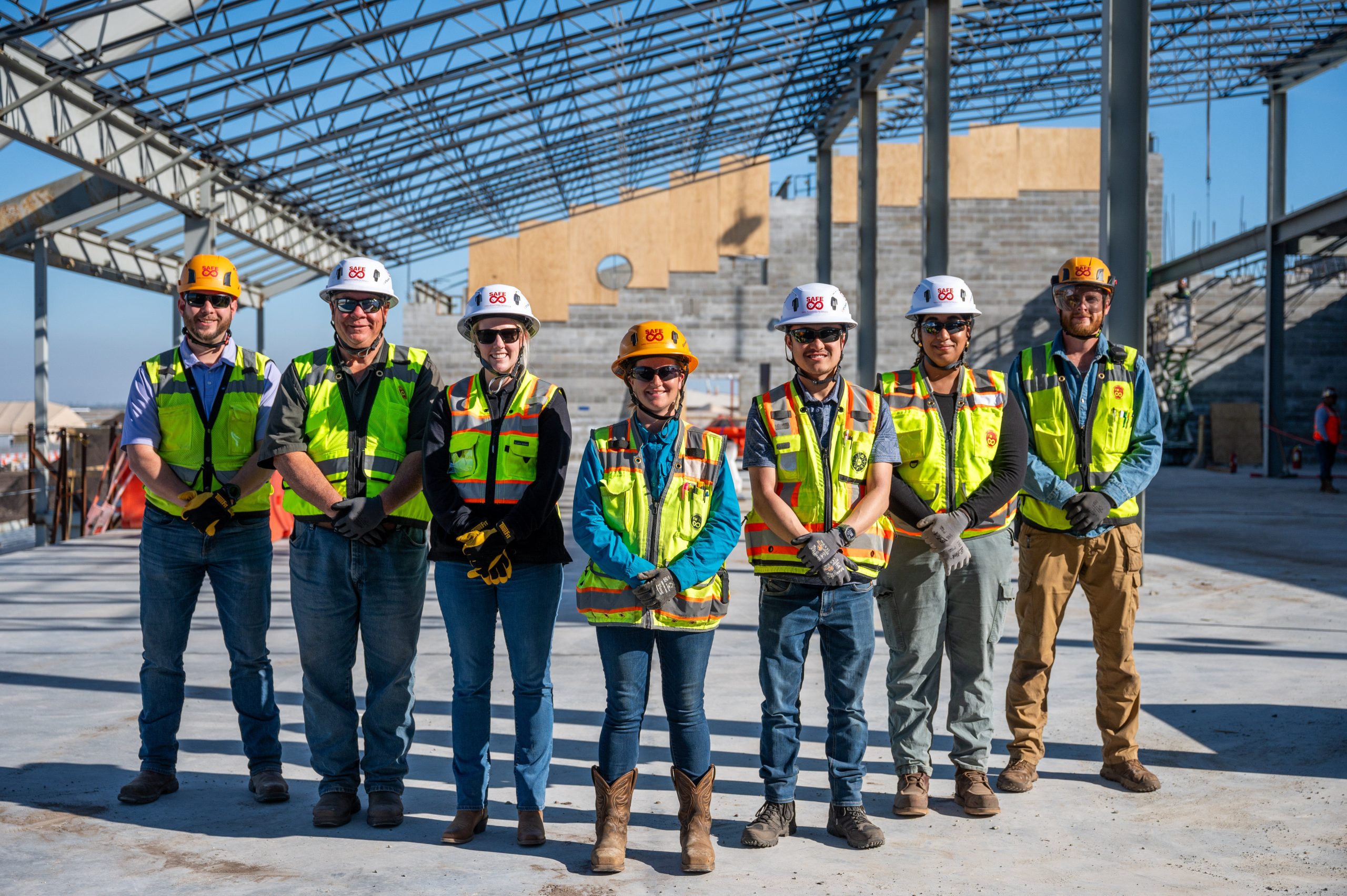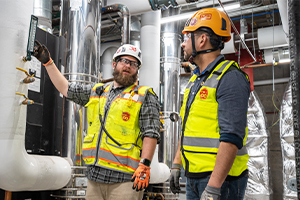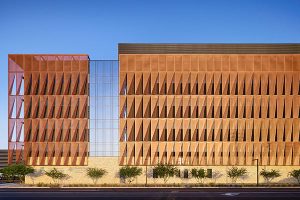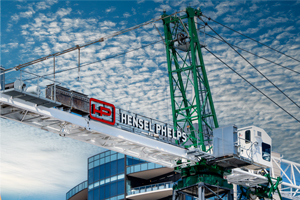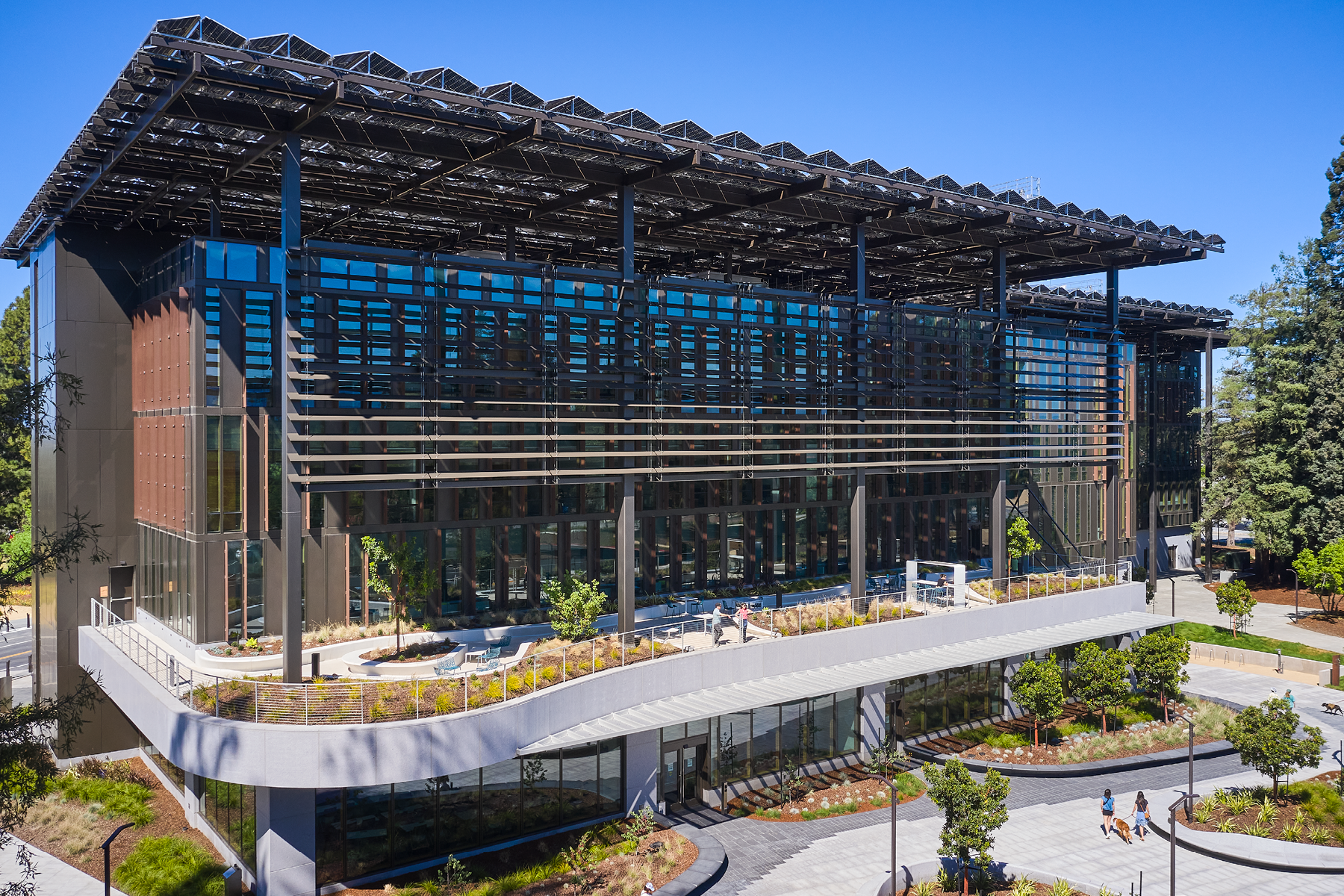
Across the United States, infrastructure systems are under mounting pressure from aging power grids, climate extremes and increasing operational complexity. The U.S. Department of Energy warns that the retirement of 104 GW of firm power capacity, combined with rising demand, could increase the risk of power outages by 100x by 2030, which already costs an estimated $150 billion annually for U.S. businesses.
This urgent need to modernize infrastructure, integrate renewable energy sources and enhance grid resilience is leading to unprecedented growth in the power and energy sector. Deloitte projects that up to $1.4 trillion in capital investments will be required from 2025 to 2030, with similar expenditures expected through 2050, fueled by electrification across industries, the expansion of AI-powered data centers and the resurgence of domestic manufacturing.
With electricity demand projected to rise by 10% to 17% by 2030, the stakes are high. While utilities work to modernize generation and transmission, facility owners, from school districts to data center providers to federal agencies, are tasked with designing energy-smart buildings that reduce reliance on the national grid while supporting operational independence.
Traditionally, mission critical facilities have relied on added layers of infrastructure, such as redundant cooling systems, backup generators and uninterruptible power supplies (UPS), to achieve N+1 redundancy and maintain operations during outages or maintenance events. While effective, these approaches often strain an already overburdened electrical grid.
As a builder of high-performance and technology-integrated environments, Hensel Phelps is responding by delivering sustainable, resilient energy solutions that provide operational independence and reduce reliance on the national grid. Today’s resilient energy systems must deliver the same level of reliability with a cleaner footprint, integrating on-site renewable generation, battery storage and smart power management. Whether supporting public safety, data infrastructure, education or science, resilient infrastructure must also enable two-way communication with the grid and store energy for use when it’s needed most.
Powering Civic Resilience: How Sunnyvale’s Microgrid is Redefining Municipal Continuity
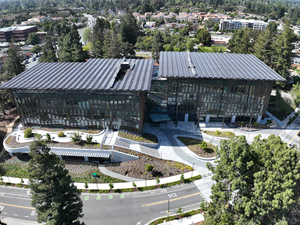
The Sunnyvale Civic Center Modernization includes several mission critical buildings, such as a new four-story City Hall building, a new two-story Emergency Operations Center that serves as an addition to the Department of Public Safety Headquarters building and renovations to the existing Public Safety Headquarters building. Integrated into the City Hall is a robust microgrid system, capable of toggling between traditional generator backup and a 680kW photovoltaic array paired with 250kWH battery storage. By leveraging solar power stored during the day, the system can maintain essential services, including emergency response, public safety coordination and city operations for multiple days without reliance on the external grid.
Resilience Without Compromise: Powering the Nation’s Digital Backbone at SSA NSC
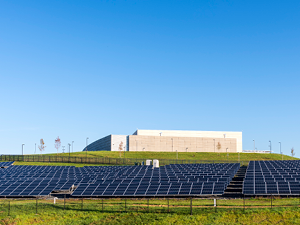
The Social Security Administration National Support Center (SSA NSC) exemplifies what it means to build for uncompromised continuity, becoming the first federal data center to achieve Uptime Tier III certification. As a Tier III data center, every system within the facility is designed to be serviced or replaced without shutting down operations. Redundancy is built in with N+1 chilled water CRAC units for cooling and emergency power backup for the boiler plant, chillers and mission critical support systems. A 1 MW solar photovoltaic system spread across four acres feeds into a bi-directional utility metering system, enabling facility managers to precisely measure how much energy is produced on-site versus what’s drawn from the grid.
Resilient Energy at Scale: Setting a New Standard at the CARB SoCal Headquarters
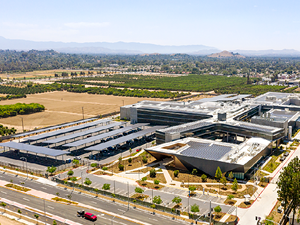
Consolidating seven locations into one state-of-the-art campus, the California Air Resources Board (CARB) Southern California Headquarters is the world’s largest and most advanced regulatory vehicle emissions testing and research center. Not just a scientific powerhouse, it is also an energy resilience landmark. To meet LEED Platinum certification and Zero Net Energy (ZNE) goals, the facility is powered by a 3.8-megawatt photovoltaic (PV) system and a 1.5 MWh battery energy storage system (BESS) that integrates with a real-time power monitoring and control platform.
This system does more than generate clean energy; it enables strategic load shifting by storing excess solar production during the day and deploying it when the grid is under strain, typically during peak evening demand. The result is a facility that supports grid stability, reduces operational costs and ensures energy continuity even under stress.
Campus Independence Through Clean Technology: Caltech’s Chen Neuroscience Research Building
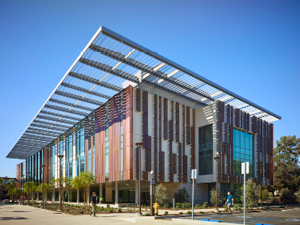
Located in Pasadena, California, the state-of-the-art Caltech Chen Neuroscience Research Building (CNRB) fosters cross-disciplinary collaboration, providing wet, dry and computational research labs. The building serves as the university’s new administrative and knowledge center for the Division of Biology and Biological Engineering, supporting more than a dozen principal investigators.
A defining feature of the CNRB is its ability to ensure that critical research continues uninterrupted. The integration of a Bloom hydrogen fuel cell energy system, a distributed energy platform, delivers continuous, high-efficiency power 24/7. Unlike most campus buildings, CNRB operates independently from the Pasadena power grid, with the city’s utility serving only as a backup to the Bloom system. A diesel-powered emergency generator with 16 hours of fuel serves as a third source of reliable energy. This forward-thinking approach ensures uninterrupted operations with the greatest level of electrical reliability and resiliency on the Caltech campus.
Operational Resilience at the Core: Contra Costa County Emergency Operations Center
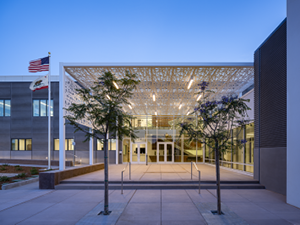
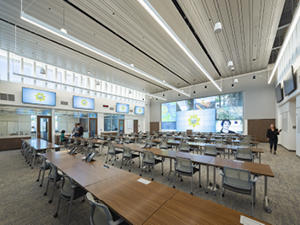
The Contra Costa County Emergency Operations Center (EOC) was designed with a big goal in mind: uninterrupted functionality under adverse conditions. As the central hub for emergency coordination across the region, the facility integrates redundant systems and independent utilities to ensure operational independence for up to seven days.
To support full autonomy during emergencies, the Contra Costa County EOC is equipped with a comprehensive suite of infrastructure systems. From power and water to communications and decision-making, every component is engineered to support autonomous operation when external systems are compromised.
A 750-kW generator, fed by an underground fuel tank, enables the facility to operate independently for up to seven days. Water resilience is achieved through a 50,000-gallon potable water tank and a 35,000-gallon fire water tank, while a 12,000-gallon sanitary sewer holding tank ensures continued operation of building systems even in the event of utility failure. In addition, the project relocated the existing photovoltaic array and expanded its capacity, with new solar panels and battery systems bringing the total renewable energy capability to 162 kW, offsetting almost 70% of the building’s energy cost.
The measures on these projects aren’t just about efficiency. They ensure that the digital backbone of critical services is protected, clean and resilient in the face of utility disruptions or climate emergencies.


